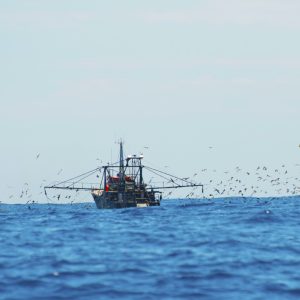As fish stocks deplete and the inshore environment degrades the calls for marine protection grow louder. Most often this translates into a demand for more marine reserves. However, a reserve is no protection against wider biodiversity loss, as we have witnessed with Goat Island marine reserve. There are now fewer crayfish in the reserve than there were in 1995, a sad reflection of the depleted crayfish population on the northeast coast of the North Island.
Rescue Fish has been designed to restore fish abundance and marine biodiversity by ensuring 100% marine protection for our inshore waters.
To achieve success the Government needs to take back control of our inshore fisheries by dismantling the Quota Management System and the accumulated power associated with quota rights. Then we can start to implement change by –
- Resetting catch limits to enable fish stocks to be restored to 50% of their natural stock size.
- Banning inshore bottom trawling and dredging.
- Auctioning commercial fishing permits that provide a resource rental return to the country on every kilo of fish landed.
- Issuing commercial permits for mixed finfish species, not single species. Electronic monitoring and onboard cameras will be mandatory.
- Empowering coastal communities to restart their fishing businesses and employing local people.
- Making commercial fishing an attractive option for young people who want to be at sea.
- Ensuring conservation by monitoring recreational fishing regulations to keep pace with a growing fish resource.
- Using a range of measures including Māori customary management tools to enable finer scale management of regional waters to meet local needs.
Rescue Fish
Rescue Fish policy summary.
Rescue Fish policy – full document.
Please sign the Rescue Fish petition here.





